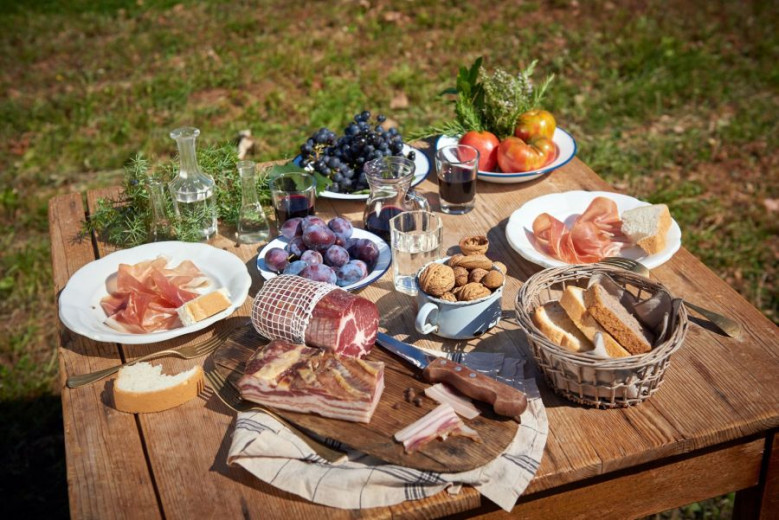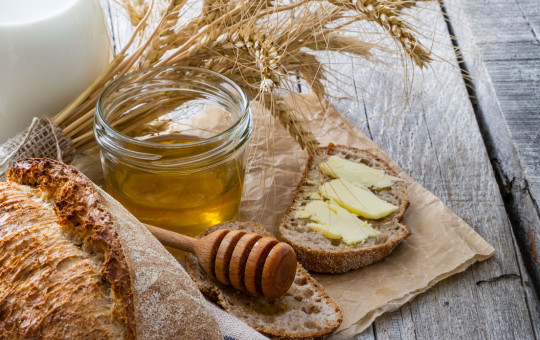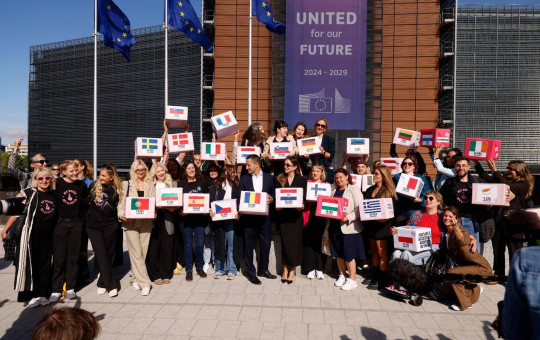Date: 14. October 2022
Time to read: 2 min
16 October is the World Food Day as declared by the United Nations. Its message is that food is not a privilege but a right of each human. After 43 years of World Food Day, among other things, they point out on this day that almost 40% of the world's population cannot afford a healthy diet.
In 2021, Slovenia imported more meat (8%), fruit (7%), cereals (4%) and vegetables (3%) than in the previous year. On the other hand, it imported 4% less potato. Compared to 2020, Slovenia exported more vegetables (23%), cereals (16%), meat (13%) and fruit (6%). On the other hand, it exported 23% less potato.
Compared to the ten-year average (2011–2020), the 2021 self-sufficiency rates in plant balances are higher for cereals (14 percentage points) and vegetables (5 percentage points), and lower for potato (11 percentage points) and fruit (24 percentage points). Compared to the ten-year average (2011–2020), the 2021 self-sufficiency rates in animal balances are higher for meat (4 percentage points) and eggs (3 percentage points), and lower for honey (45 percentage points).
Consumption of honey and fruit down
In 2021, a resident of Slovenia consumed on average the most vegetables (116 kg) and cereals (115 kg), followed by fruit (109 kg), meat (89 kg), potatoes (63 kg), eggs (11 kg) and honey (0.60 kg). Compared to 2020, the average consumption of eggs increased by 10% and of meat by 1%, while the average consumption of honey decreased by 32%, of fruit by 16%, of vegetables and potatoes by 2% and of cereals by 1%.
Food products more expensive
Between September 2021 and September 2022, the product prices by all food groups increased, on average by 15%. The most, by 34%, went up the prices of oils and fats, followed by milk, cheese and eggs (by 18%) and bread and cereals (by 17%). The least (by 7%) increased the prices of sweet products (sugar, jam, honey, chocolate and confectionery).
Households spend more than a tenth of their expenditure on food
In 2021, households in Slovenia spent 14.4% of their total expenditure on food, while the EU27 average was 14.8%. The share was the lowest in Ireland at 8.3% and the highest in Romania at 25.2%.
How much food Slovenians discard annually?
In 2021, a resident of Slovenia discarded on average 68 kilograms of food, which is 10 kilograms more than in 2013. Most food waste was generated by households (more than a half) and the least by food production (less than a tenth). The inedible part (peels, eggshells, bones, etc.) represented 62% of total food waste.
Source: SURS







